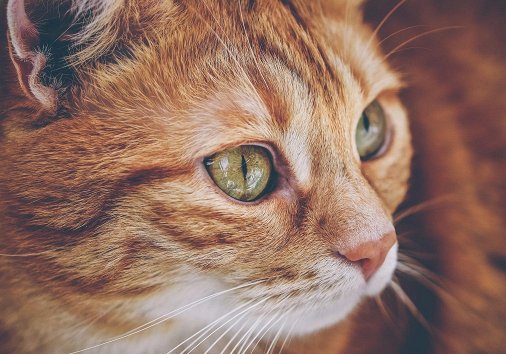Just Move It: Basic Camera Movement Types for Your Vlog
Let’s explore the exciting topic of camera movement types and how they can enhance the quality and artistic impression of your videos.

Introduction to camera movements
We’ve already dedicated a fair share of our articles to various shooting techniques, shots, and effects. Now, it’s time to move on to a more physical aspect — camera movements.
Take it easy: if you’re not aiming to participate in the Cannes Film Festival, you don’t need to buy all the clumsy, bulky, and costly equipment, such as dollies, trucks, or cranes. You can easily perform camera moves with the help of gimbals or just handheld. Don’t worry: we’ll explain these and other camera movement terms in upcoming chapters!
Different types of shots require various types of camera movement. These technical and artistic effects can give additional context, increase emotional impact, and involve the viewer in the plot.

Here are some basic movements every vlogger should try.
Zoom
Strictly speaking, it is not a camera movement, as it stays still, it’s just a lens that changes its focus. Don’t mistake it for a modern digital zoom, as the latter deteriorates the image quality drastically and shouldn’t be used in a quality video.
Static or fixed shot
The cam stays still and just "observes" the scene, changing the cut when it’s necessary.
Pan
Pan is short for "panorama" and it’s a horizontal cam movement along an axis. This way you can show the whole panorama and/or track the characters.
Dolly
A dolly camera movement has nothing to do with dolls or girls: "dolly" is the name of a special cinematographic cart for carrying a heavy camera. Remember, we talked about a zoom, which is not really a movement? The dolly can be defined as a real, physical zoom in or out, as the cart approaches or moves away from the object. It can be enhanced by changing the focal length to create an even more impressive effect.

Tilt
The tilt is a vertical pan. It’s just a camera steadily moving along a vertical axis.
Whip
The whip effect is kind of an addition to regular tilts and pans: the cam is moving so fast, that one can see a motion blur.
Truck or crab
The truck shot is a dolly in a horizontal plane. The cam is literally fixed to a truck moving along the rails. This movement can transfer to tracking when the cam follows the character.

Arc
The arc is a movement around the central object/character/location.
Camera movements tips for vloggers
While you might be tempted to try each and every camera movement, consider this advice before you start.
- Don’t overuse them. One specific movement can be a distinguishing feature of your vlogging style. But if that’s not the case, use them moderately, especially zoom.
- Make stability your priority. As we’ve pointed out, you don’t have to invest in costly equipment, but make sure your cam is stable, as shaking can destroy any shot.
- Use different angles. With a limited number of available camera movements (due to lack of equipment or other circumstances) various angles can really make a difference.
- Keep editing in mind. Before introducing a movement, think about how you will play around it, especially during video editing.
- Try rack focus. This technique is sometimes also considered as a camera move, but, like zoom, the camera itself stays still, but the focus is shifted between the objects in the foreground and background.
- Don’t forget about the Rule of Thirds. Composition is the key.
Camera movements are just one of many aspects of cinematography and high-quality vlogging. Using these techniques might put you a cut above competitors, who shoot without applying any artistic devices or emotional emphases.



